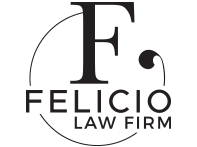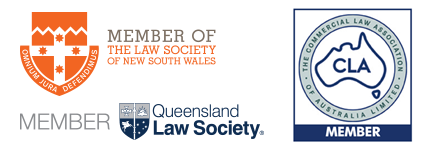
Testamentary trusts are established through a person’s will and come into effect on the death of the testator (the will-maker). Such trusts give the deceased a larger degree of control over what happens to their estate, as well as offering both protection of assets and income tax advantages for the testator’s beneficiaries.
A testamentary trust may include only a portion of assets from the deceased’s estate or the entire estate. A person may also create multiple trusts through the testamentary document, with each making provision for different beneficiaries. The nominated trustee then distributes the assets to beneficiaries under the terms of the trust.
Here we’ll explain in some more detail about who a testamentary trust is most appropriate for, but if you have questions about whether one is advisable in your circumstances you should call wills and estates’ specialists Felicio Law Firm for an informal chat.
Why make a testamentary trust?
The key benefits of testamentary trusts are their suitability for protecting assets and their ability to reduce tax paid by beneficiaries from income earned on their inheritance.
Two common types of testamentary trust are ‘discretionary’ – in which the trustee has the discretion to distribute capital and/or income to beneficiaries nominated in the will – and ‘protective’, established in situations where the beneficiary/beneficiaries are unable to manage their own affairs due to age, disability, addiction or profligate ways.
Asset protection: Discretionary testamentary trusts are often created in situations where one or more of the beneficiaries are exposed to some sort of risk, such as bankruptcy. A testator may also create a trust to exercise control over a wayward beneficiary, such as one who is wasteful with money or has other problems requiring access to finance.
This is because assets and income held within a trust are not generally accessible by creditors who may be trying to recover funds from a nominated beneficiary.
To be specific, a testamentary trust offers asset protection in situations where a beneficiary:
- is in a precarious financial situation, such as insolvency;
- works in a high-risk environment such as trading in equities, or has other potential exposure to liability in their work;
- is in the midst of a divorce or has a complicated family situation, including remarriage, step-children, etc.
Tax advantages: The other key benefit of a testamentary trust is that when a beneficiary inherits within a will, that inheritance will be taxed at their personal marginal tax rate. Through the trust structure, however, the income and or assets can be split and distributed to a partner on a lower tax rate, to adult children or grandchildren who may fall under the tax-free threshold, or to minor children or grandchildren to reduce overall tax liability.
It should be noted, however, that tax on undistributed income in the trust will be taxed at the highest marginal tax rate.
Capital gains tax: Where a property is part of an inheritance through a will, a testamentary trust is a means by which capital gains tax payable on the property can be minimised. When property is inherited through a will, capital gains tax is generally payable either two years after Probate of the will, if the deceased lived in that property, or when the property is sold, if it was an investment property.
Where the property is held within a testamentary trust, the capital gains tax payable can be spread out to minimise the overall liability similar to the method by which beneficiaries’ income tax can be dealt with through the trust.
Talk to the specialists
Felicio Law Firm are experts in wills and estates. Our friendly team can help guide you through the benefits and any drawbacks in the creation of a testamentary trust. We’ll listen to your story and make a judgement on whether the testamentary trust structure suits your circumstances or not, and provide clear, timely and relevant advice on your best course of action.
Call our Erina lawyers team today on (02) 4365 4249.





















